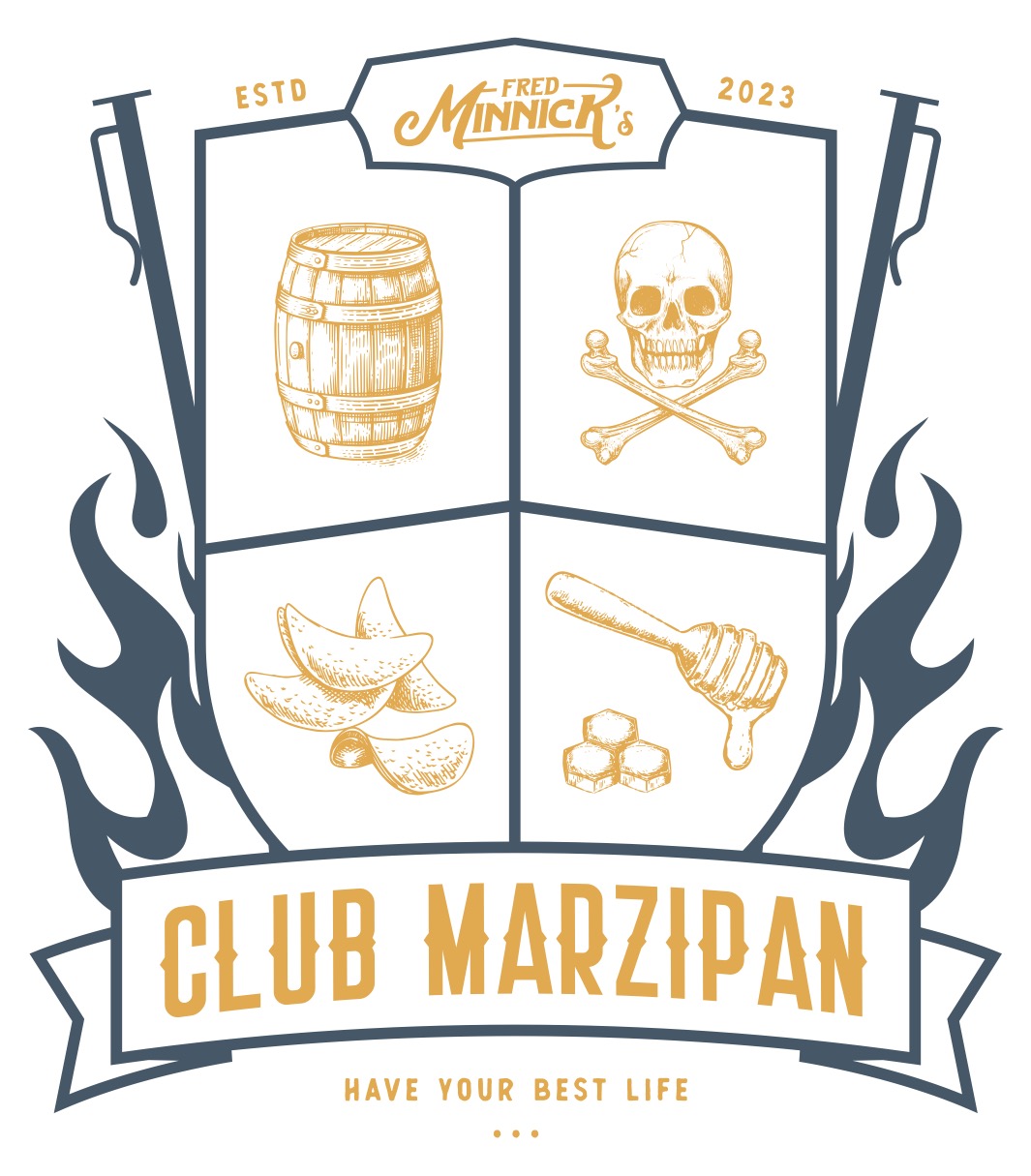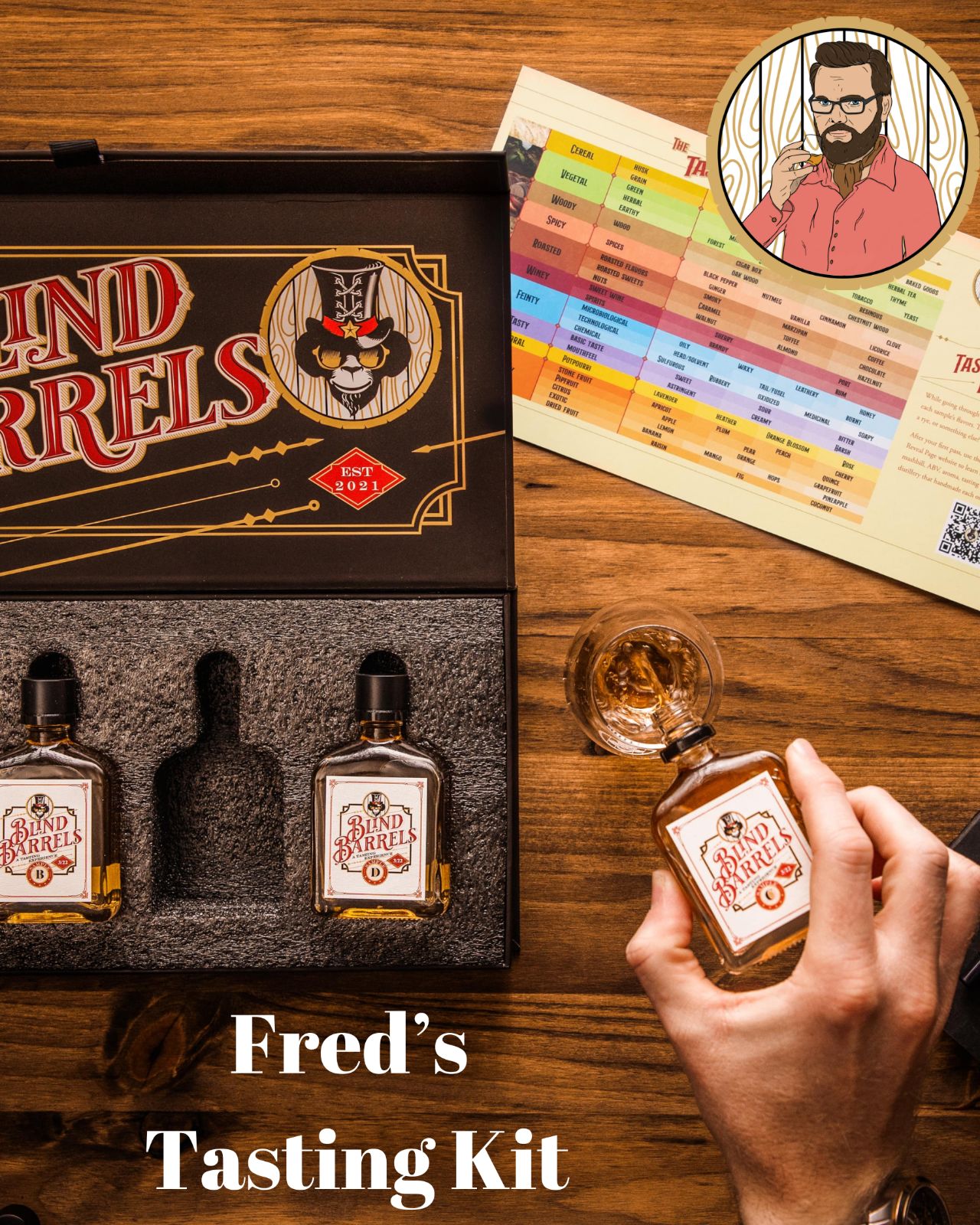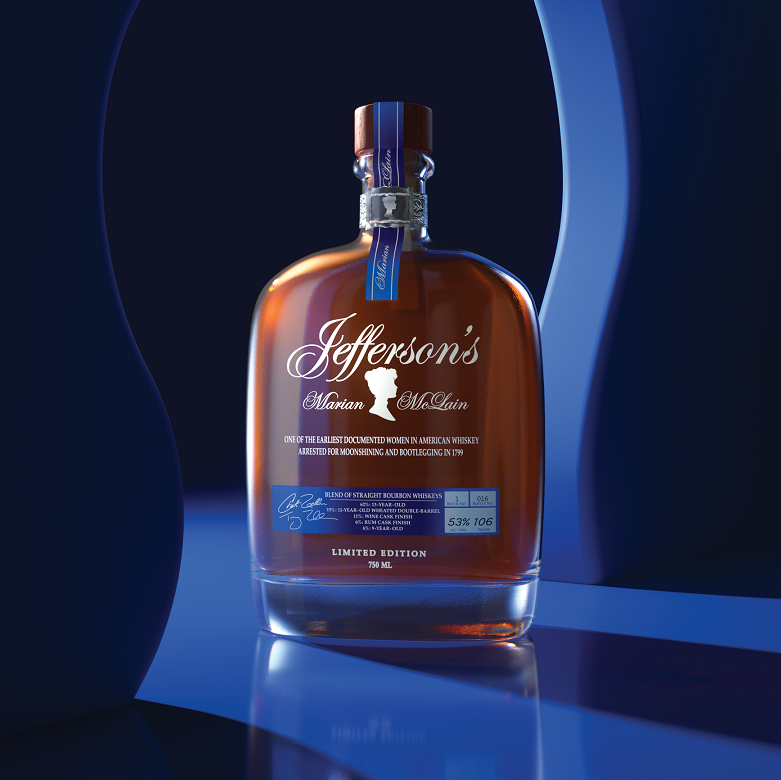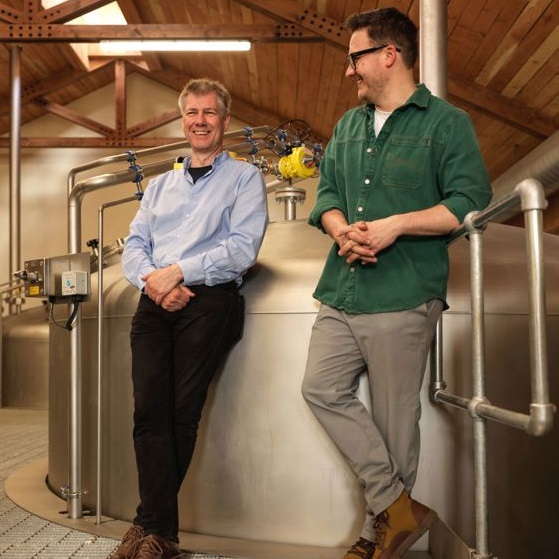Bourbon Rebirth: The Brands That Saved The Spirit, Part 2
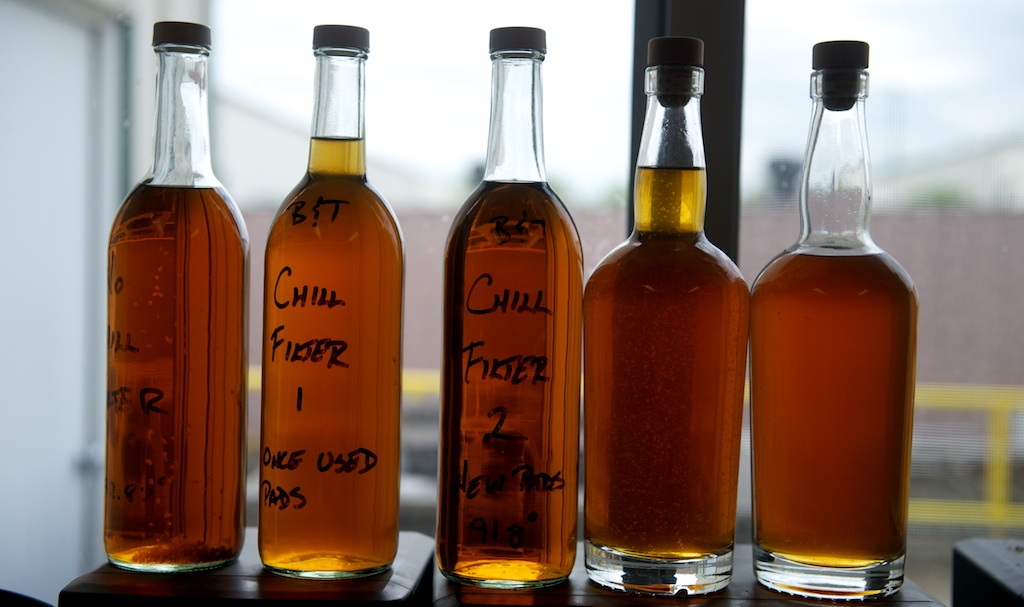
In celebration of #BourbonRebirth, I’m ranking the most-influential bourbon brands since 1980, when bourbon mattered little on the national scene. Bourbon made its comeback because of passion, good bourbon and great effort. Meet brands 10 through 6. Read Part 1.
10. Willett
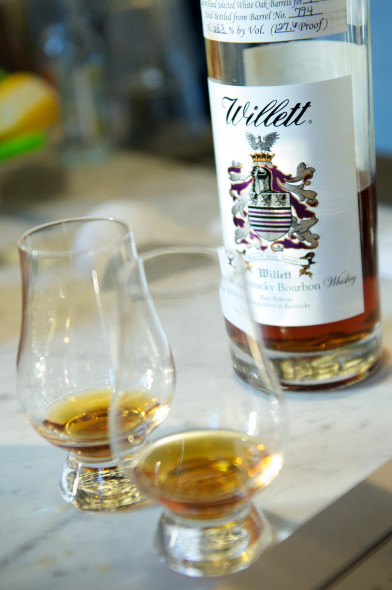 An argument could be made that Willett has done more for the connoisseur than any other company. They saved bourbon stocks left for dead. Up until 2012, the Kentucky Bourbon Distillers (KBD), a.k.a. Willett, did not distill. It purchased barrels and aged them in their Bardstown warehouses. Willett selected, batched and bottled barrels for other brands, while managing its own portfolio, such as Rowan’s Creek, Noah’s Mill, Johnny Drum and Willett Pot Still. Of these, Rowan’s Creek was a groundbreaking release. In 2005, the 12-year-old Rowan’s Creek was one of the best bourbons of the year. If you’ve ever wondered why Willett’s whiskey tastes so damn good, it’s because of its owner—one of the greatest contemporary bourbon palates, Even Kulsveen. Now that they have significant stocks of their own whiskey, every whiskey lover awaits what Kulsveen and his son, Drew, can accomplish.
An argument could be made that Willett has done more for the connoisseur than any other company. They saved bourbon stocks left for dead. Up until 2012, the Kentucky Bourbon Distillers (KBD), a.k.a. Willett, did not distill. It purchased barrels and aged them in their Bardstown warehouses. Willett selected, batched and bottled barrels for other brands, while managing its own portfolio, such as Rowan’s Creek, Noah’s Mill, Johnny Drum and Willett Pot Still. Of these, Rowan’s Creek was a groundbreaking release. In 2005, the 12-year-old Rowan’s Creek was one of the best bourbons of the year. If you’ve ever wondered why Willett’s whiskey tastes so damn good, it’s because of its owner—one of the greatest contemporary bourbon palates, Even Kulsveen. Now that they have significant stocks of their own whiskey, every whiskey lover awaits what Kulsveen and his son, Drew, can accomplish.
9. Pappy Van Winkle
 Pappy Van Winkle, the precious pour that will hurt your bank account if you can find it. But that wasn’t the case 20 years ago, when salesmen couldn’t give away the brand, a hodgepodge of bourbons from Stitzel-Weller, Old Boone and others. Pappy is not an overnight success story, but is perseverance from Pappy’s grandson, Julian, who told me he stuck with whiskey, “because I didn’t know how to do anything else.” Julian’s palate found barrels the rest of us would love and mingled some of the greatest American whiskey released. In the 1990s, his releases were quietly appealing to chef and connoisseur crowds, but his facilities were falling apart. In 2002, Van Winkle and Buffalo Trace partnered to give the Pappy brand stability and Julian access to the majority of the former Stitzel-Weller wheated bourbon stocks and a home for future distillation. An argument could be made for Pappy being the No. 1 bourbon on this list, as its annual releases command long lines and $6,000 secondary market prices. But does it need anymore hype?
Pappy Van Winkle, the precious pour that will hurt your bank account if you can find it. But that wasn’t the case 20 years ago, when salesmen couldn’t give away the brand, a hodgepodge of bourbons from Stitzel-Weller, Old Boone and others. Pappy is not an overnight success story, but is perseverance from Pappy’s grandson, Julian, who told me he stuck with whiskey, “because I didn’t know how to do anything else.” Julian’s palate found barrels the rest of us would love and mingled some of the greatest American whiskey released. In the 1990s, his releases were quietly appealing to chef and connoisseur crowds, but his facilities were falling apart. In 2002, Van Winkle and Buffalo Trace partnered to give the Pappy brand stability and Julian access to the majority of the former Stitzel-Weller wheated bourbon stocks and a home for future distillation. An argument could be made for Pappy being the No. 1 bourbon on this list, as its annual releases command long lines and $6,000 secondary market prices. But does it need anymore hype?
8. Woodford Reserve
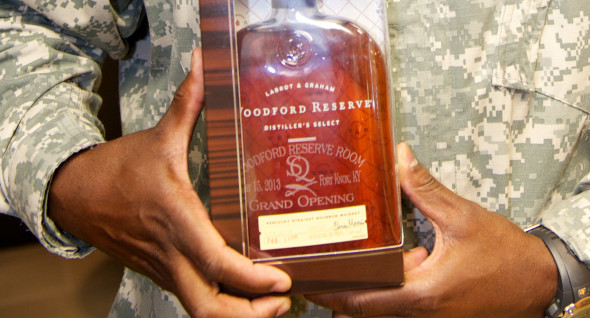 The year was 1996, and bourbon’s promise just started to show. That’s when Woodford Reserve opened its breathtaking facility with stone warehouses and on the historic property of Labrot & Graham, where the great Oscar Pepper and James C. Crow worked in the 1800s. Straight out of the gate, Woodford Reserve captured a loyal fan base with the avuncular master distiller Lincoln Henderson, a history-laden tourism program and a cookbook. It may not seem like much today, but in the late 1990s and early 2000s promoting bourbon cooking was innovative. Woodford goes on to win multiple medals and Best in Class at the 2012 International Spirits Challenge. And in 2014, Saturday Night Live featured Woodford Reserve in its Bourbon Summit skit. No bourbon brand commands a more loyal fan base than Woodford Reserve. I’ve actually seen airline passengers yell at fellow travelers for pouring Coke with what they called, “the world’s greatest bourbon.” With his many Kentucky Distillers’ Association and Brown-Forman roles, Master distiller Chris Morris is also the most-powerful distiller in bourbon right now.
The year was 1996, and bourbon’s promise just started to show. That’s when Woodford Reserve opened its breathtaking facility with stone warehouses and on the historic property of Labrot & Graham, where the great Oscar Pepper and James C. Crow worked in the 1800s. Straight out of the gate, Woodford Reserve captured a loyal fan base with the avuncular master distiller Lincoln Henderson, a history-laden tourism program and a cookbook. It may not seem like much today, but in the late 1990s and early 2000s promoting bourbon cooking was innovative. Woodford goes on to win multiple medals and Best in Class at the 2012 International Spirits Challenge. And in 2014, Saturday Night Live featured Woodford Reserve in its Bourbon Summit skit. No bourbon brand commands a more loyal fan base than Woodford Reserve. I’ve actually seen airline passengers yell at fellow travelers for pouring Coke with what they called, “the world’s greatest bourbon.” With his many Kentucky Distillers’ Association and Brown-Forman roles, Master distiller Chris Morris is also the most-powerful distiller in bourbon right now.
7. Booker’s
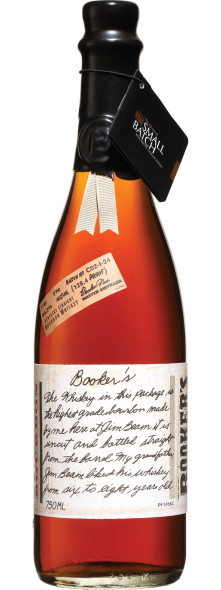 While others were mingling choice barrels before, namely Willett, Jim Beam’s Booker Noe turned the method into something tangible—small batch, an unregulated term that means selecting barrels based on taste profile instead of dumping multiple barrels no matter the taste. Booker’s was the first commercially marketed small batch bourbon and greatly appealed to the Japanese. When it was released in 1988, Booker’s came with a kick, bottled in the 127 proof range, but was marketed as “ultra premium.” It would later be joined with Baker’s, Basil Hayden and Knob Creek for the Jim Beam Small Batch Collection. In 1990, the famous food critic John Mariani wrote” sales of sophisticated spirits such as small batch bourbons….are climbing.” Small batch bourbons were compared to Cognac and revered for its quality. And it all started with Booker’s.
While others were mingling choice barrels before, namely Willett, Jim Beam’s Booker Noe turned the method into something tangible—small batch, an unregulated term that means selecting barrels based on taste profile instead of dumping multiple barrels no matter the taste. Booker’s was the first commercially marketed small batch bourbon and greatly appealed to the Japanese. When it was released in 1988, Booker’s came with a kick, bottled in the 127 proof range, but was marketed as “ultra premium.” It would later be joined with Baker’s, Basil Hayden and Knob Creek for the Jim Beam Small Batch Collection. In 1990, the famous food critic John Mariani wrote” sales of sophisticated spirits such as small batch bourbons….are climbing.” Small batch bourbons were compared to Cognac and revered for its quality. And it all started with Booker’s.
6. Wild Turkey
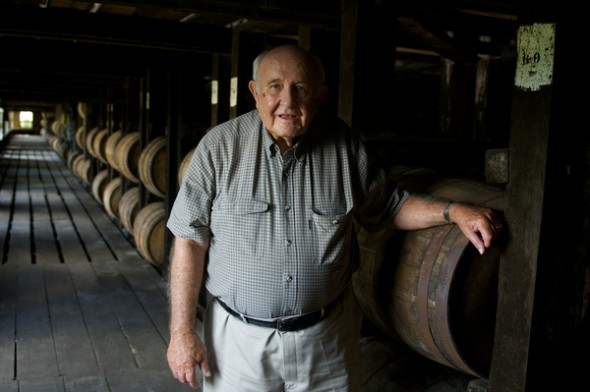
Consistency. Wild Turkey’s not changed its recipe or production methods—other than slightly increasing its barrel-entry proof—since the beginning. That’s largely due to one man, Jimmy Russell, the Buddha of Bourbon, who’s a beloved Kentucky figure. The past ten years, Wild Turkey’s been in the thick of bourbon’s rebirth, but it’s greatest accomplishment comes in the 1980s and 1990s, when it grew domestically and developed foreign markets. From 1986 to 1989, Wild Turkey grew exports from 35,000 cases to 200,000, developing Australia for other bourbon brands to enjoy. Today, international bourbon sales represent a large chunk of its growth, and Wild Turkey did a lot to open doors. The one area Wild Turkey seems to consistently struggle is its packaging. The parent company Campari has changed the packaging several times in the past few years. Fortunately, what’s inside the bottle hasn’t changed.
Don’t miss 1-5. Sign up for the free weekly newsletter and check out Bourbon: The Rise, Fall & Rebirth of An American Whiskey.




